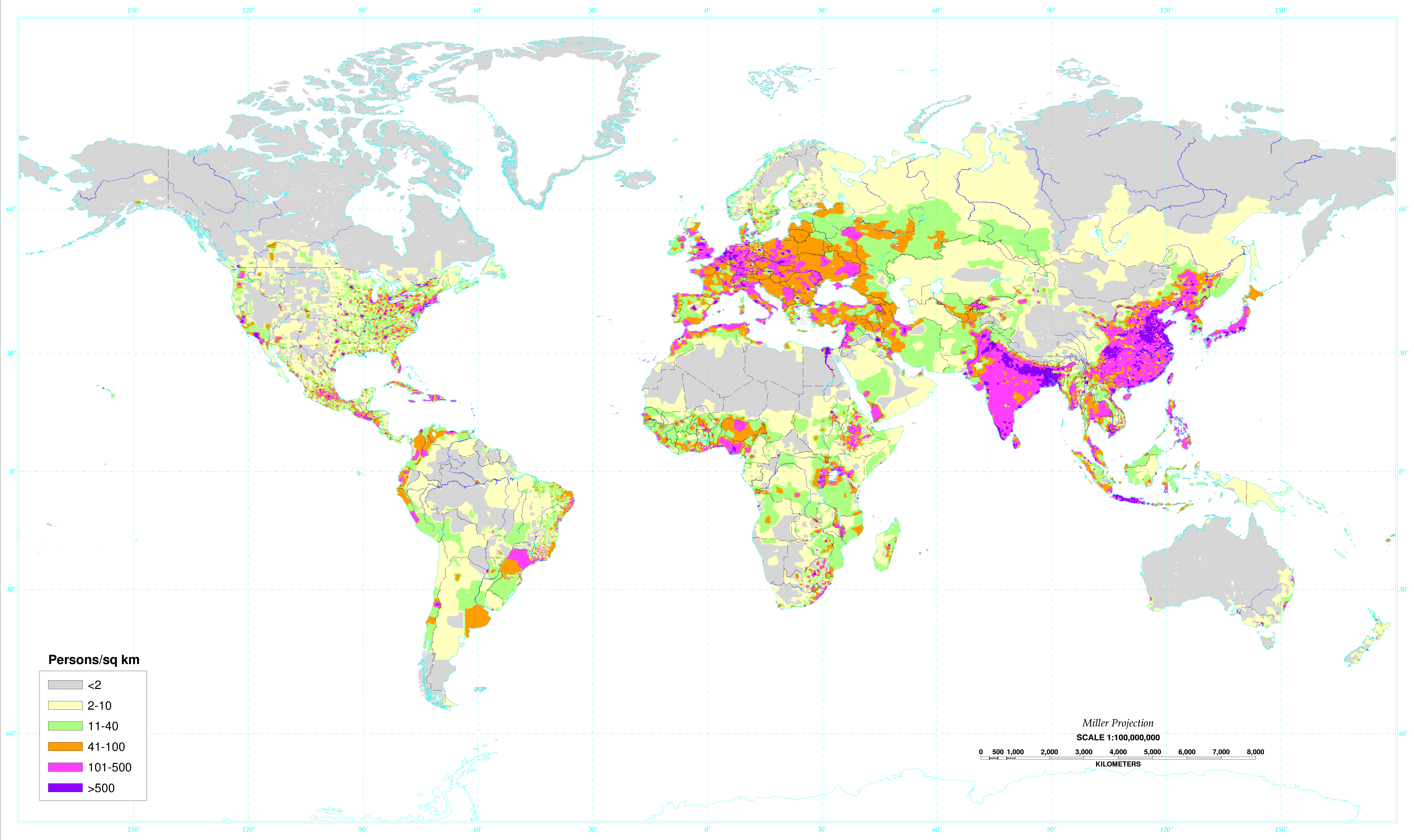
Population density - Wikipedia, the free encyclopedia
This Is What A World Map Looks Like When Scaled According To ...
gppycpd-12in.gif
7 Billion - Views of the World
World Population Map Statistics Graph Most Populated Cities
This Is What A World Map Looks Like When Scaled According To ...
File:World population.svg - Wikipedia, the free encyclopedia
World Population Clock: 7.3 Billion People (2015) - Worldometers





